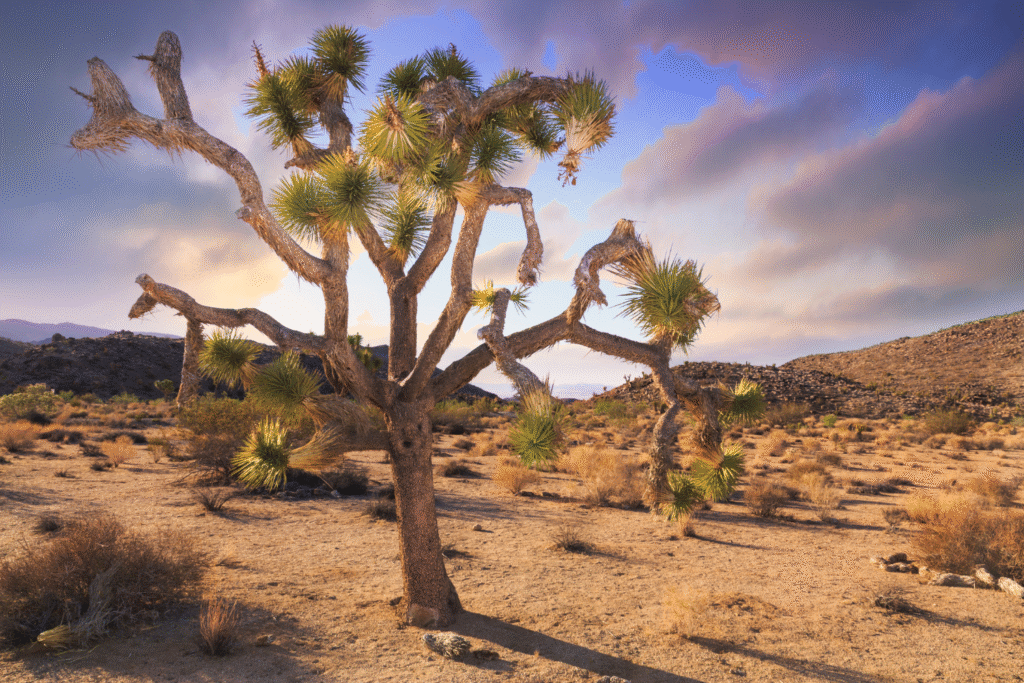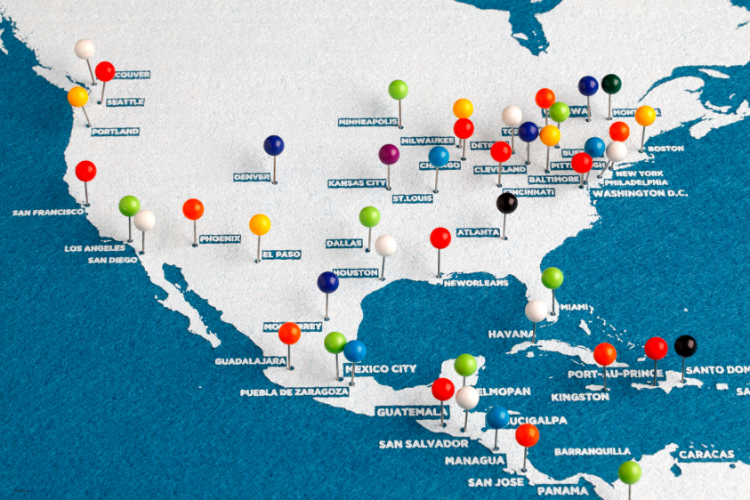The survival of an ancient desert icon is no longer left to chance.

California’s high desert has always felt timeless, with Joshua trees standing like guardians scattered across the Mojave. For centuries, they endured wind, drought, and blistering summers. But as temperatures rise and wildfires race across dry brush, scientists warn that these trees—symbols of resilience—could disappear from much of their native range by the end of the century. The threat is not abstract, it is written in scorched bark and failed seedlings.
Now, for the first time, the state has approved a plan built specifically around saving Joshua trees. This isn’t just a new conservation project; it is the recognition of a climate future where survival requires planning, funding, and law. The plan includes legal protections, new funding streams, and commitments to rethink how we manage desert growth. For a tree that outlasted mammoths, this marks the beginning of a deliberate human partnership to keep it alive.




